Wakulla Springs State Park
Edward Ball Wakulla Springs State Park boasts the world’s largest and deepest freshwater springs. It may be most famous for the movies Tarzan’s Secret Treasure (1941) and Creature from the Black Lagoon (1954) that were filmed in the park. Wakulla Springs State Park is listed on the National Register of Historic Places and is designated as a National Natural Landmark. It is located just south of Tallahassee in Wakulla County.
Stop by the Visitor Center to access an interpretive display where you will learn the history of the park from Paleolithic times until today. Observe cave diagrams, learn about the indigenous people who first inhabited the land, the men and women who resided or visited there, Edward Ball whom the park is named after, and the wildlife who live there today.
Saunter along the 9 mile Nature Trail, the 1.4 mile Cherokee Sink Trail, or the Bob Rose Trail. Bike or take a guided bike tour on the Cherokee Sink Trail and the Nature Trail. Discover the animals and plants that thrive in the cool waters when you enjoy swimming, snorkeling, scuba diving, or cave diving. For the more daring, jump or dive from the 22-foot observation tower/dive into the 70* spring. Bring a blanket to the beach and sit for a while at the shore or under the shade of a cypress tree.
Explore Southern hardwood forests. maple-cypress habitats, an upland hardwood forest, pine forests, 80-foot-deep sinkhole lake, and ancient cypress swamps.
Bring your camera. Watch for resident and migratory wading birds and songbirds including cedar waxwings, phoebes, and chimney swifts. Look for white-tailed deer, bears, alligators, manatees, and more. Marvel at the variety of wildflowers including terrestrial and epiphytic orchids.
Bring your picnic and enjoy your lunch at one of the provided tables. A playground is nearby. View Wakulla Spring while dining in the Edward Ball Dining Room where breakfast, lunch, and dinner are served. Be sure to stop by the Soda Fountain for an old-fashioned malt or milkshake on the world’s longest marble countertop.
Rooms are available at the historic 1930’s Spanish-style Wakulla Springs Lodge. Plan your reunion or wedding at this popular park. Three conference rooms are available for events, meetings, and retreats.
Well-behaved pets are welcome in designated areas while on a 6-foot leash. Edward Ball Wakulla Springs State Park is wheelchair accessible and offers wheelchair access to riverboats, access to a manual wheelchair upon request, accessible picnic shelters, and accessible benches.
For more information: https://www.floridastateparks.org/WakullaSprings

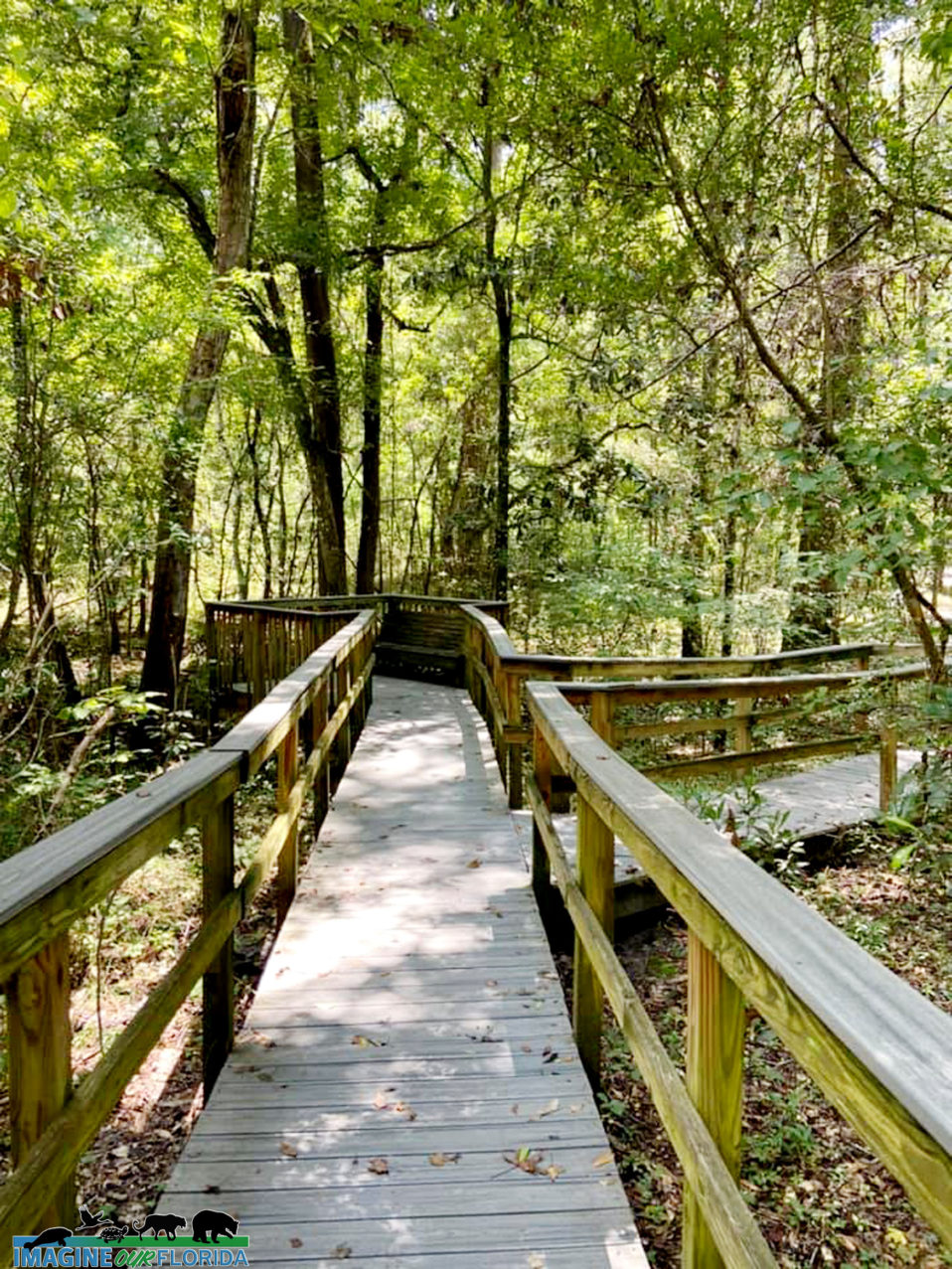
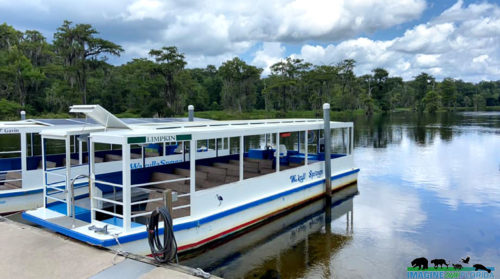
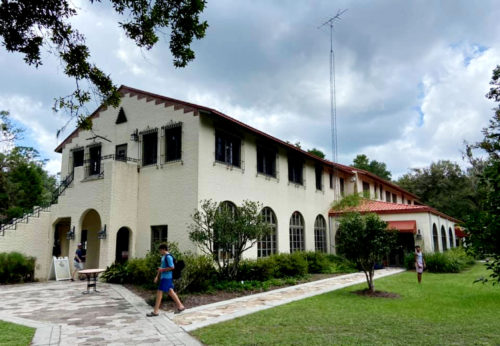


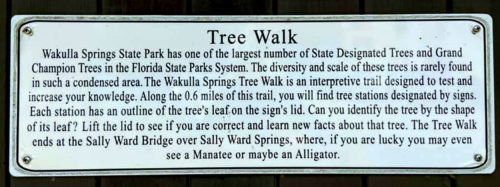
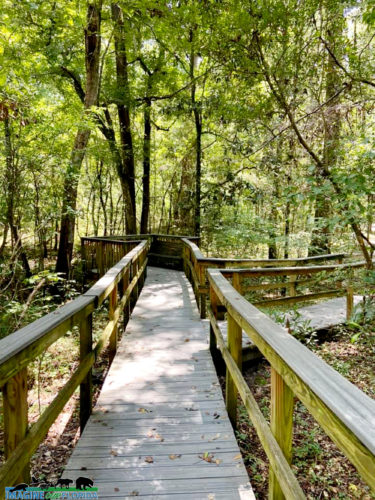
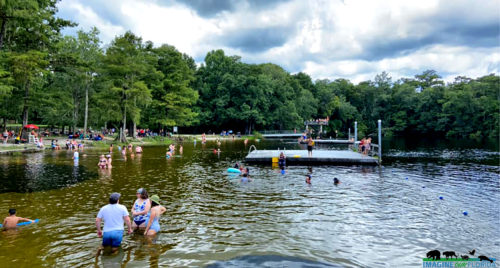
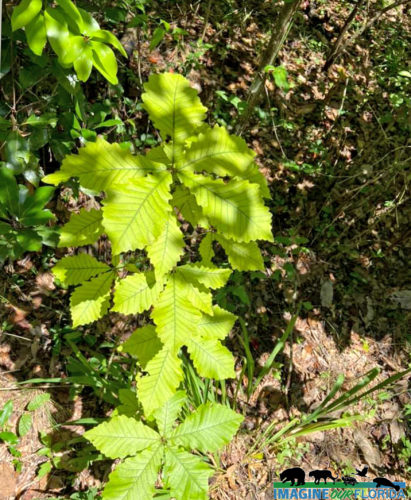
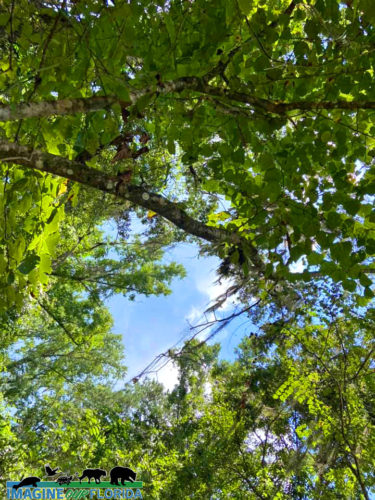
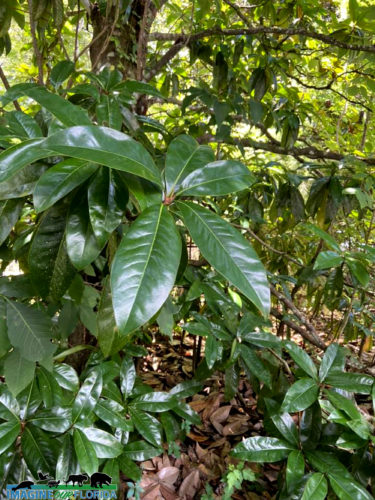
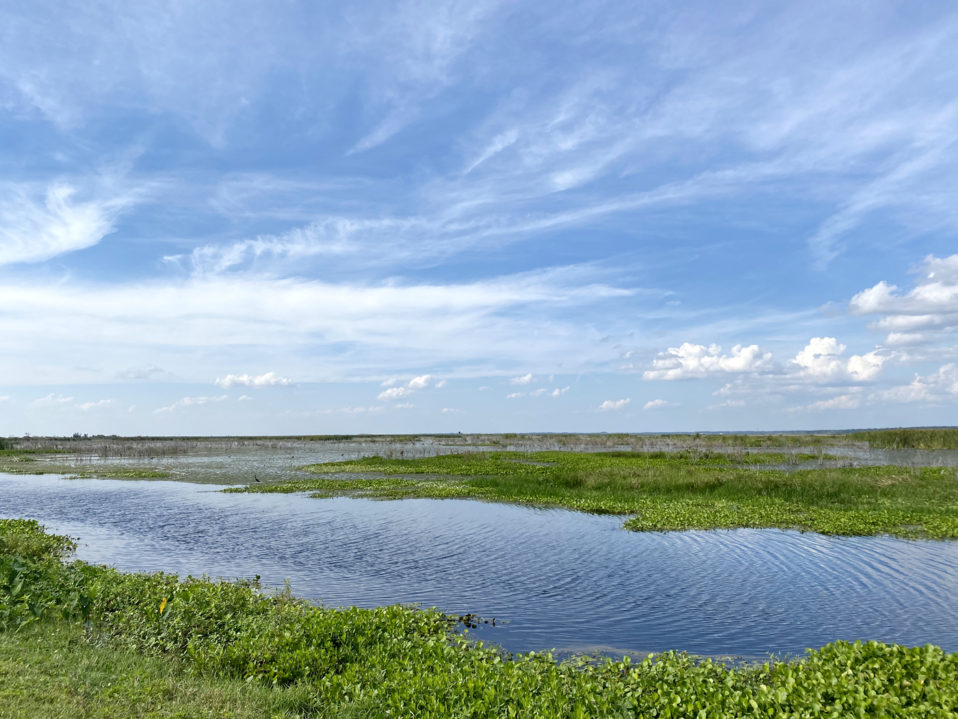
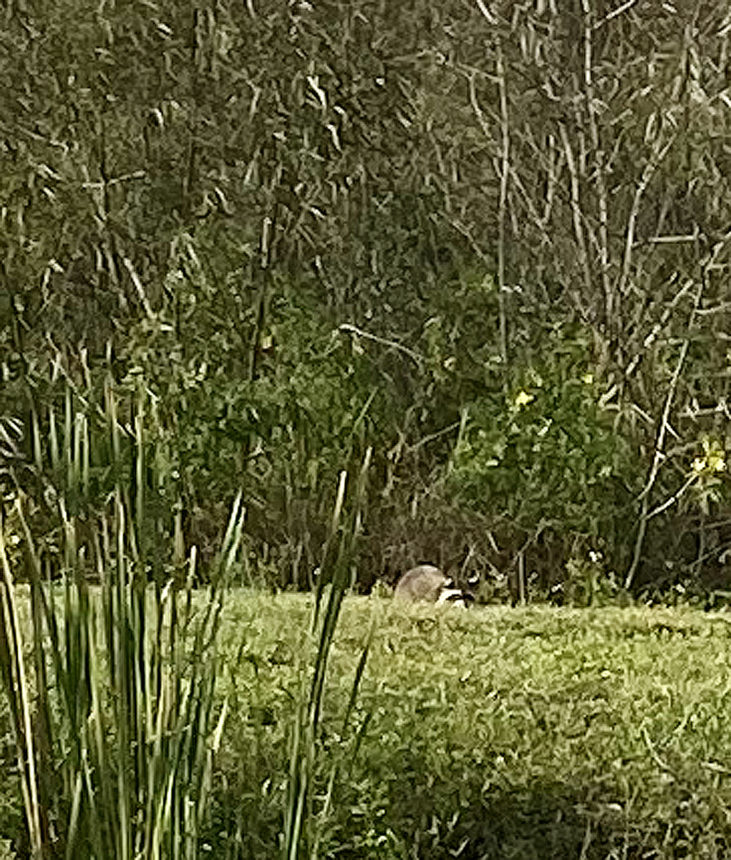
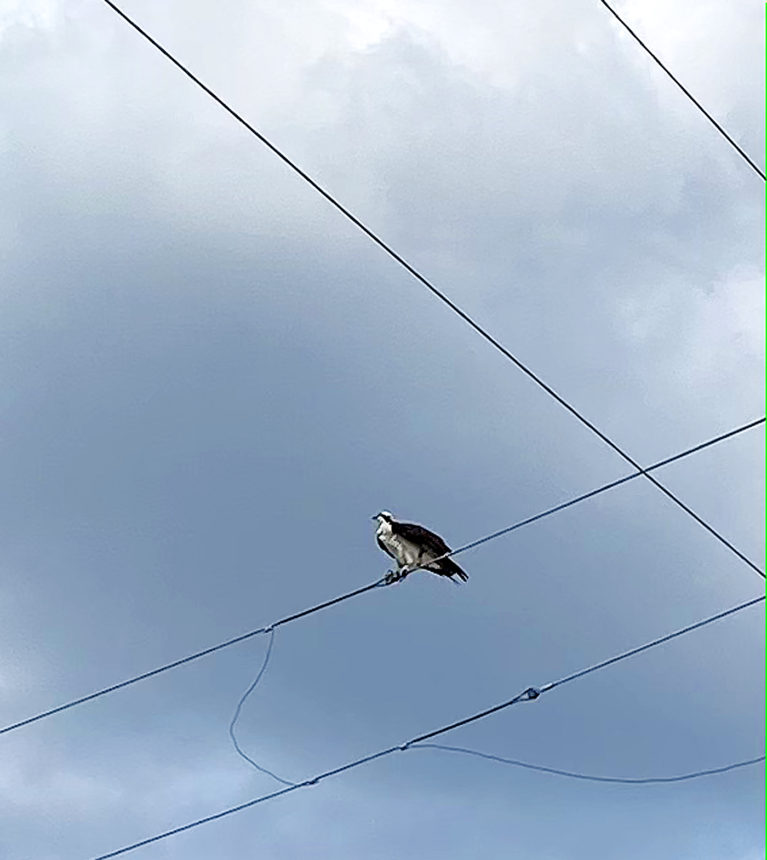
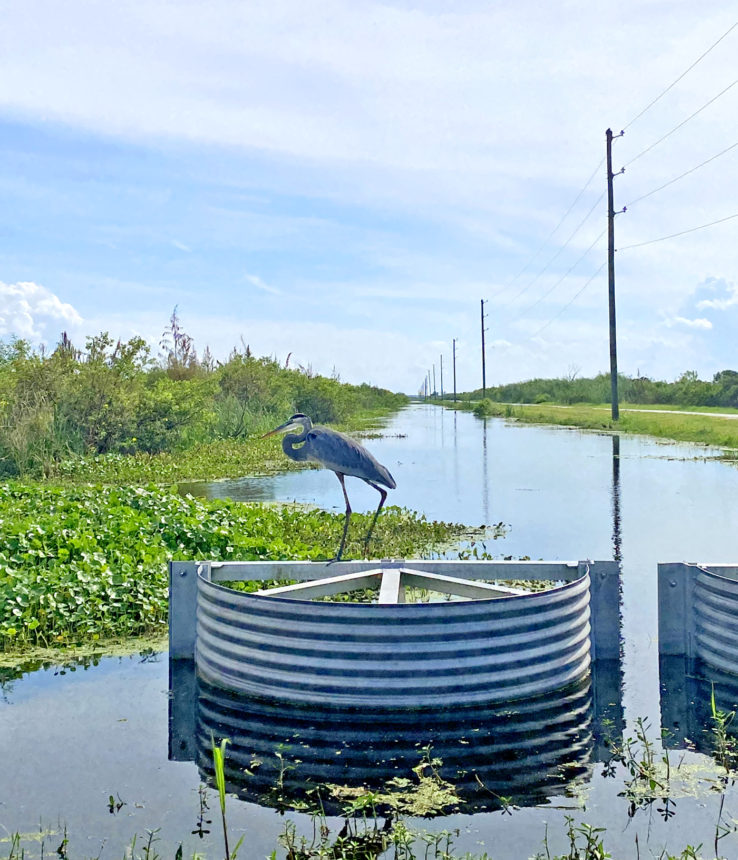
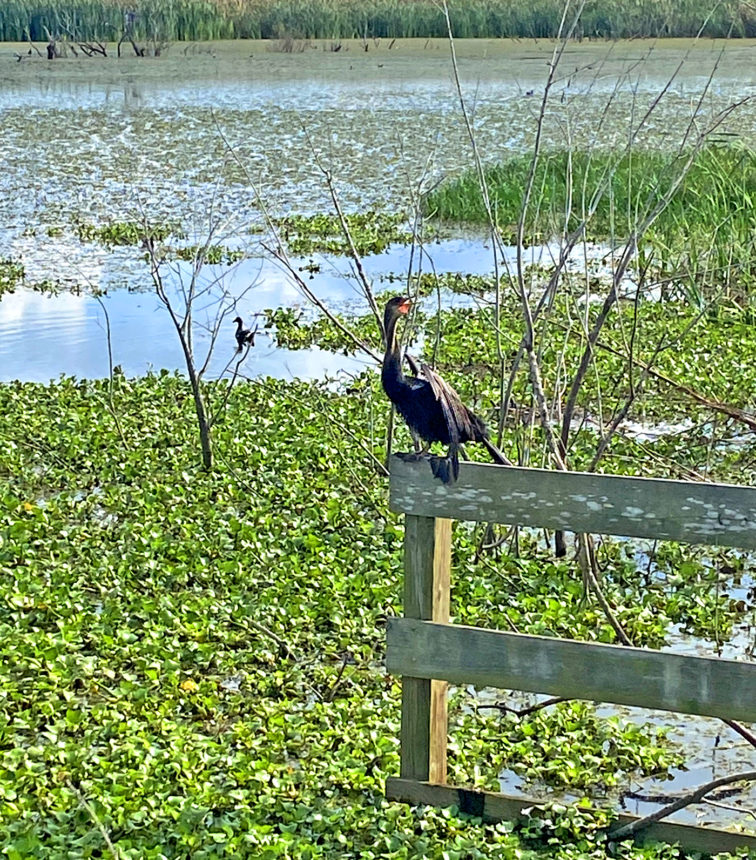
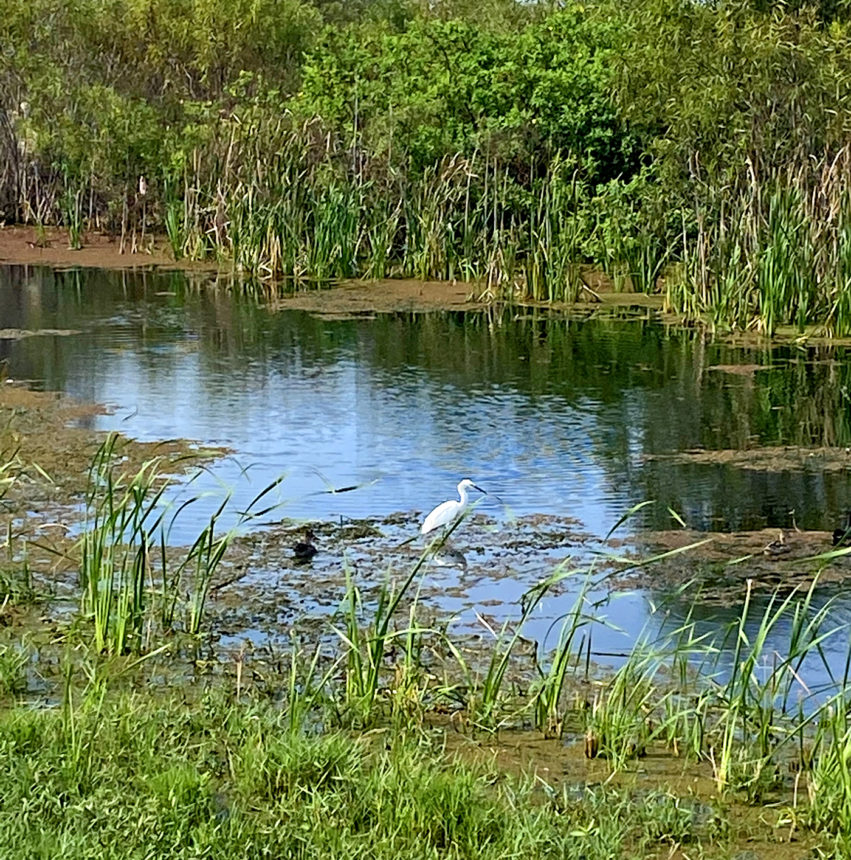
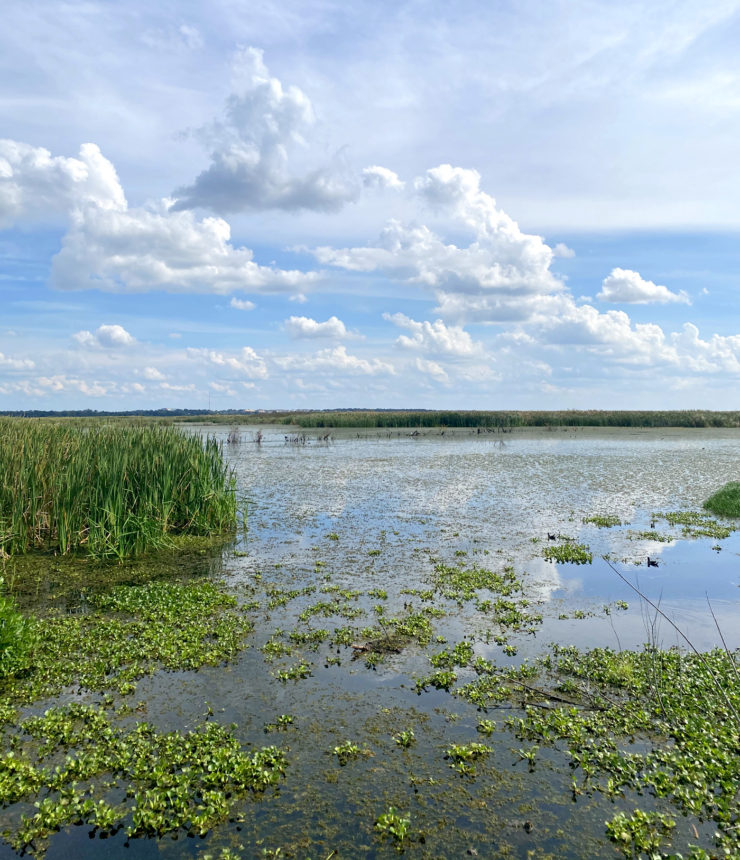
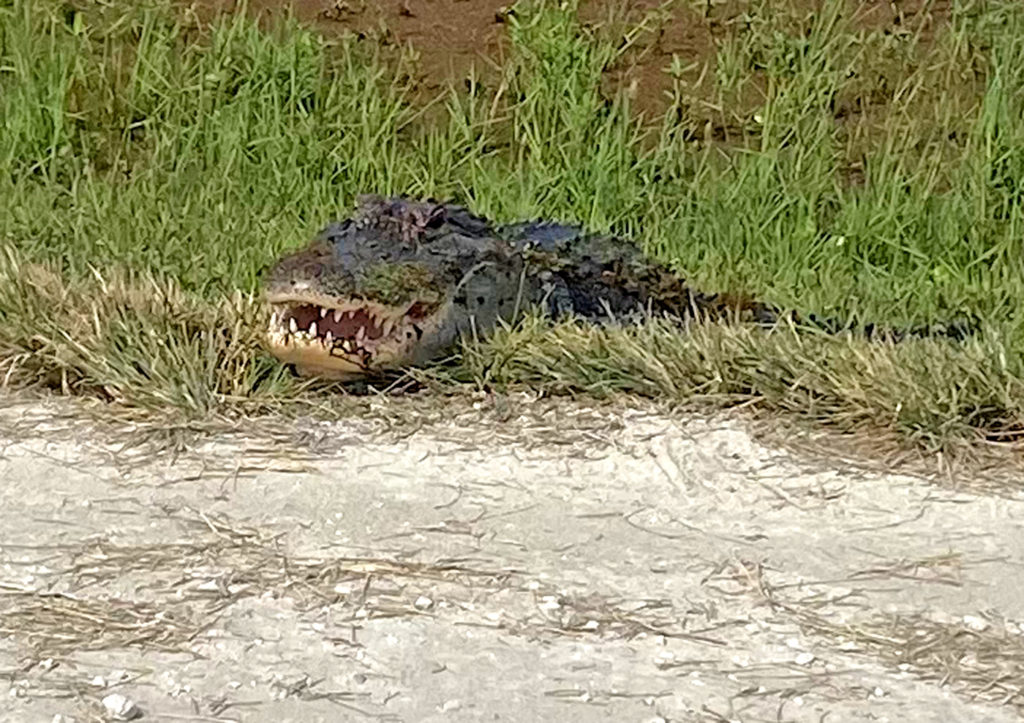
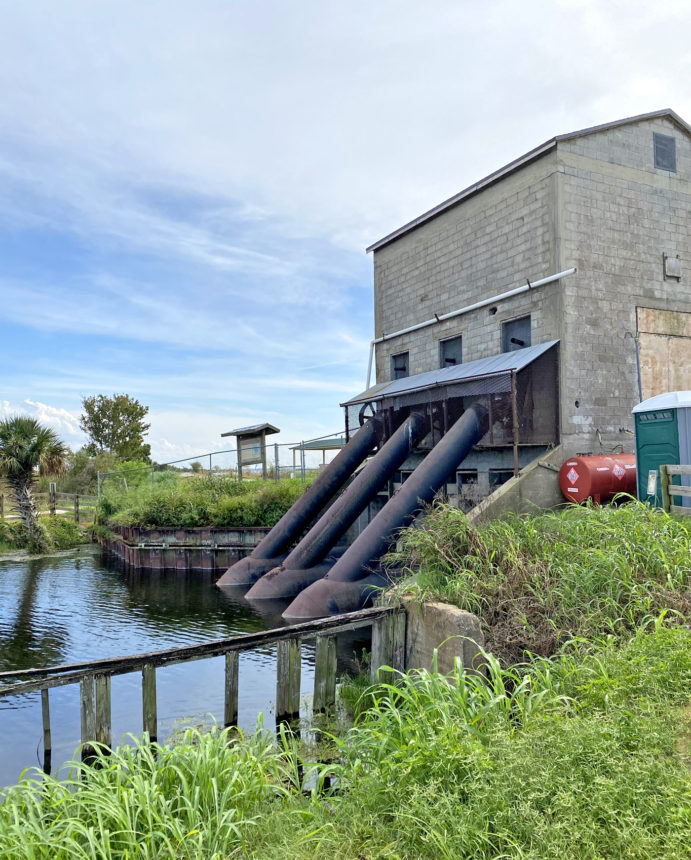
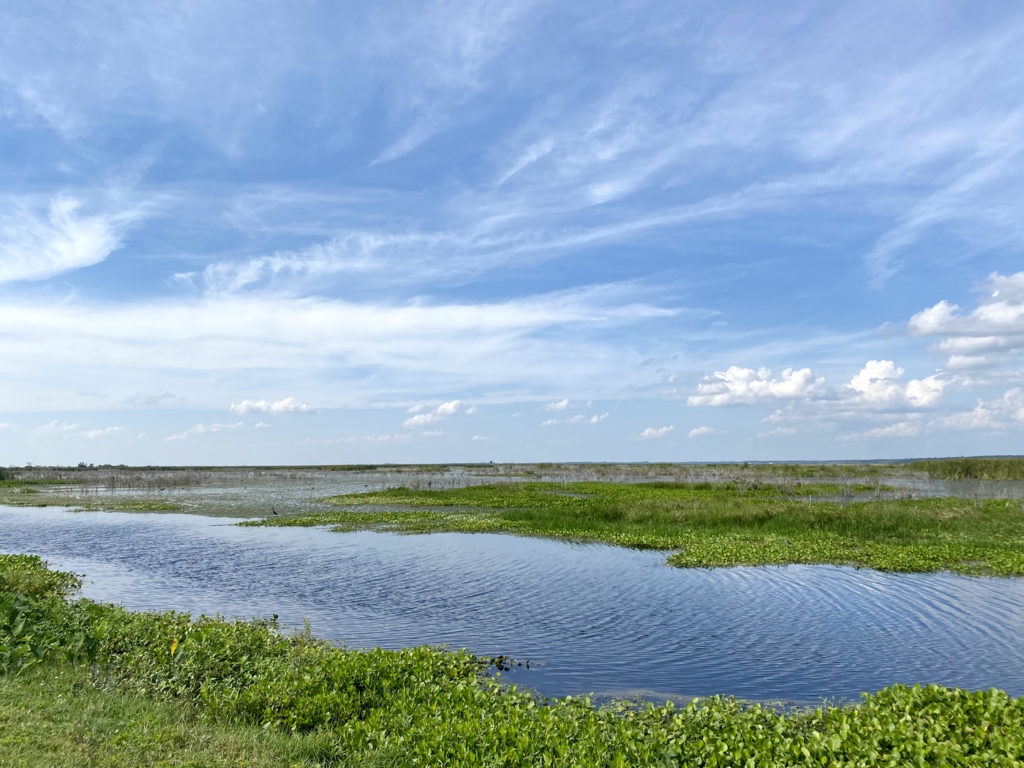
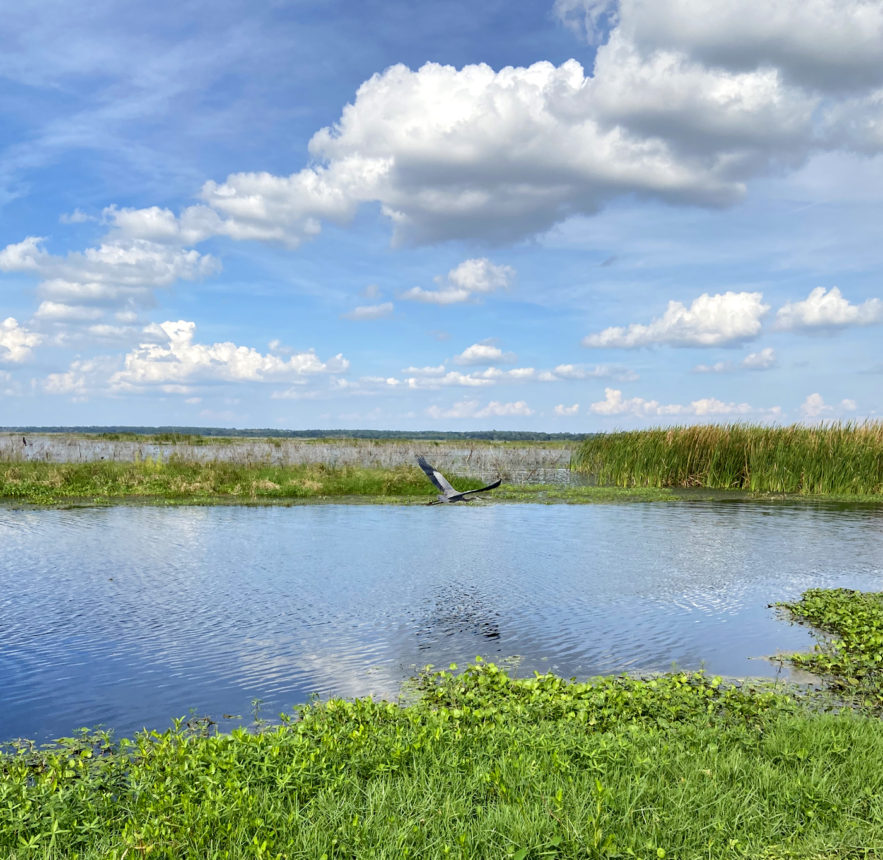
Recent Comments